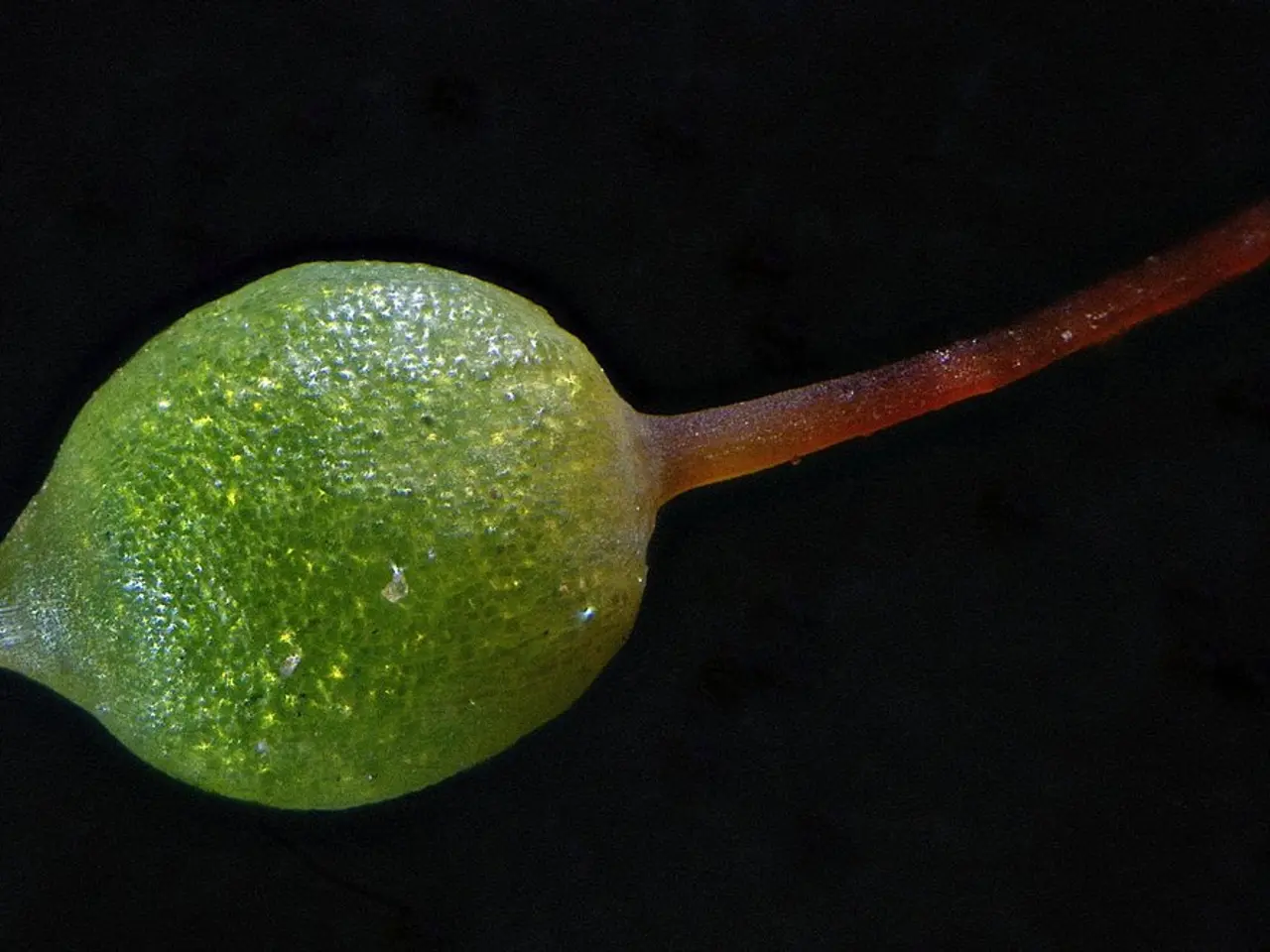Identifying the Aromatic Herb: A Guide to Recognizing Lemongrass in Your Garden
In the world of tropical plants, lemongrass stands out as a charmer with its tall, slender leaves and a glossy green appearance. This versatile plant is not just a culinary delight, but also a valuable asset in gardens, aromatherapy, homemade soaps, tea, and more.
Sunlight and Temperature
Lemongrass thrives in full sun and a warm climate, typical of USDA hardiness zones 9-11. For those living in cooler zones, lemongrass can be grown as an annual or in containers that can be brought indoors during frost.
Soil Requirements
Lemongrass prefers well-draining soil rich in organic matter. A good soil mix includes equal parts potting soil, compost, and perlite or coarse sand to ensure drainage and fertility. The plant tolerates a range of soil types but prefers fertile loamy soils and can even grow in degraded soils if managed properly.
Planting Method
Lemongrass can be propagated by stem cuttings or seeds. When planting with cuttings, space rows about 60 cm apart and plants 30 cm apart within rows. For seeds, sow them directly into prepared and well-tilled soil.
Water and Fertilization
Maintain consistent moisture without waterlogging. Lemongrass requires plenty of nitrogen for vigorous leafy growth, so use a nitrogen-rich fertilizer. Mulching helps retain soil moisture and suppress weeds.
Pest and Disease Management
Monitor for pests like aphids, mites, and grasshoppers, and fungal diseases such as leaf rust. Use resistant varieties, maintain field hygiene by removing infected plants, and apply appropriate pesticides or fungicides as needed.
Harvesting
Lemongrass is typically ready for harvest 6–8 weeks after planting, depending on variety and climate. Cut stalks at the base with a sharp knife or sickle. Multiple harvests per year are feasible with proper care.
Caring for Lemongrass in Colder Climates
For colder hardiness zones (below zone 9), growing lemongrass in containers that can be moved indoors during winter or protecting plants from frost is recommended, as lemongrass is sensitive to freezing temperatures.
Preparing the outdoor site for lemongrass involves integrating compost into the soil to improve drainage and add nutrients. Glen, an experienced gardener with over 15 years of hands-on experience in garden maintenance, design, and landscaping services, creates helpful content for a blog to guide fellow gardeners in growing lemongrass successfully.
Lemongrass is a multitasker, offering its fresh citrus aroma and diverse uses in various aspects of life. Whether you're planning to add lemongrass to your garden or simply appreciate its culinary and aromatic qualities, following these best practices will help you cultivate this tropical delight.
[1] Garden Myths: The Truth About Growing Lemongrass [2] The Ultimate Guide to Growing Lemongrass [3] How to Grow Lemongrass in Your Garden [4] Growing Lemongrass: A Step-by-Step Guide [5] Lemongrass: How to Grow, Care for and Harvest







